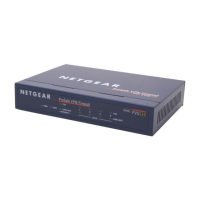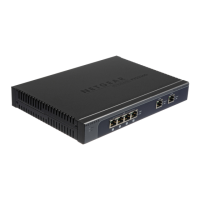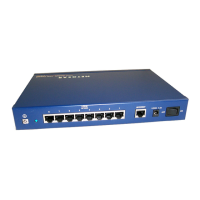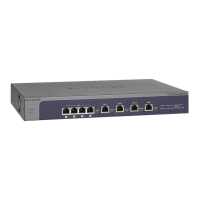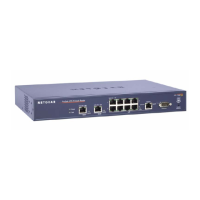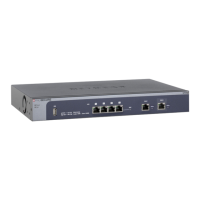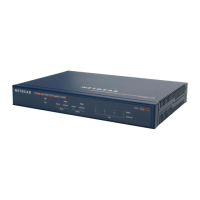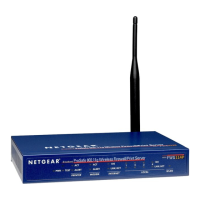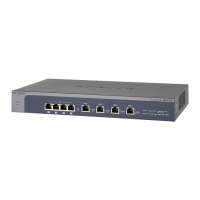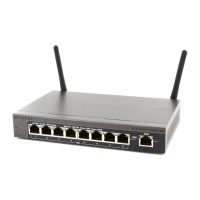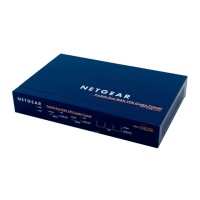Reference Manual for the ProSafe Wireless 802.11g VPN Firewall Model FVG318
Basic Virtual Private Networking 6-33
v1.0, October 2005
Log—this log shows the details of recent VPN activity, including the building of the VPN
tunnel. If there is a problem with the VPN tunnel, refer to the log for information about what
might be the cause of the problem.
• Click Refresh to see the most recent entries.
• Click Clear Log to delete all log entries.
3. Click VPN Status (Figure 6-37) to get the IPSec Connection Status screen (Figure 6-38).
This page lists the following data for each active VPN Tunnel.
• SPI—each SA has a unique SPI (Security Parameter Index) for traffic in each direction.
For Manual key exchange, the SPI is specified in the Policy definition. For Automatic key
exchange, the SPI is generated by the IKE protocol.
• Policy Name—the name of the VPN policy associated with this SA.
• Remote Endpoint—the IP address on the remote VPN Endpoint.
• Action—the action will be either a Drop or a Connect button.
• SLifeTime (Secs)—the remaining Soft Lifetime for this SA in seconds. When the Soft
Lifetime becomes zero, the SA (Security Association) will re-negotiated.
• HLifeTime (Secs)—the remaining Hard Lifetime for this SA in seconds. When the Hard
Lifetime becomes zero, the SA (Security Association) will be terminated. (It will be re-
established if required.)
Deactivating a VPN Tunnel
Sometimes a VPN tunnel must be deactivated for testing purposes. There are two ways to
deactivate a VPN tunnel:
• Policy table on VPN Policies page
Figure 6-38
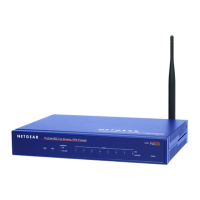
